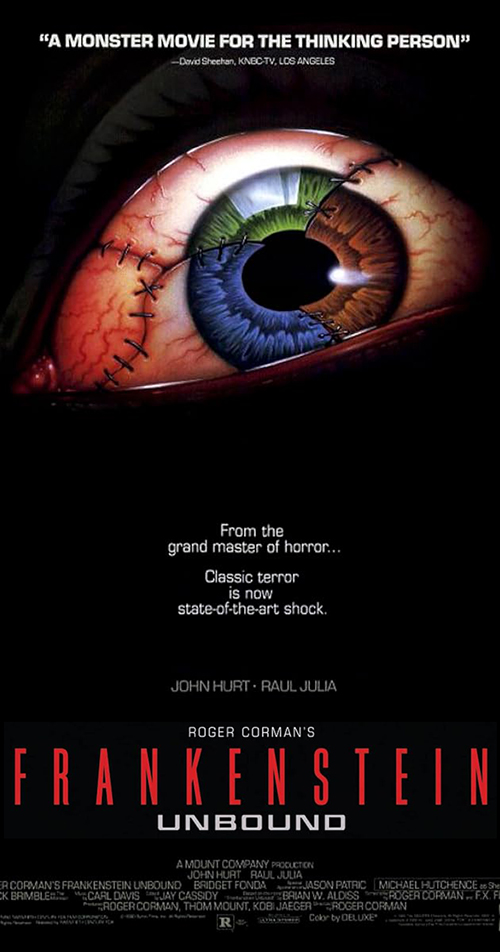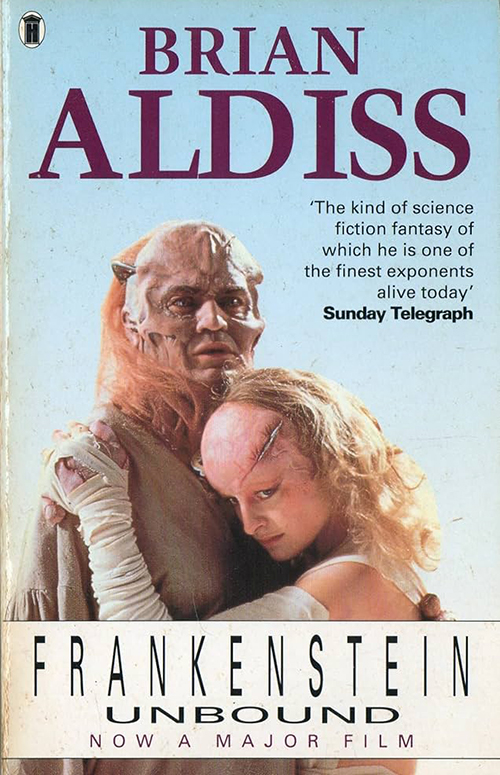Director, screenwriter, and film producer Roger Corman died on May 9, 2024, at the age of 98.
Obituaries praised him for mentoring great directors, and actors, as well as the art films he distributed.
However, his work as a director and screenwriter was dismissed.
After all, Corman was known as the “King of the B-Movies,” and the producer of Sharkopus vs. Whalewolf.
American newspaper editors, and movie critics, tend to be confused by the ideas of “low” and “high” art.
The title of Corman’s autobiography, How I Made a Hundred Movies in Hollywood and Never Lost a Dime, was inaccurate.
By 1990—when the book was published—Corman had already made over 100 movies.
Second, although Corman was a master of staying under budget, he had lost money on at least two films.
One was a film he’d directed—1962’s The Intruder*—about a northern bigot named Adam Cramer (William Shatner) who travels to southern towns stirring up racial hatred.
The other was a film he’d produced—1974’s Cockfighter—which starred Warren Oates as Frank Mansfield, a man determined to win a Cockfighter of the Year award.
(According to Beverly Gray’s biography of Corman: his “heart was in this project; he should probably have directed it himself.”)
The Intruder and Cockfighter have in common that they are ambitious, well-acted films that are difficult to watch.
Both were also box office failures that you can only watch on YouTube.
However, they’ve each held up well.
I read a few Corman obits; none mentioned either film.
One lesson that Corman learned from making The Intruder was that attempting to teach the mass audience was a bad idea.
He also learned that message movies wouldn’t break even.
In later films—exploitation/thrillers like 1971’s The Big Doll House (Pam Grier’s first major role), and 1975’s Crazy Mama—he veiled social consciousness with violence, humor, and trashiness.
According to IMDb, Roger Corman directed 56 films between 1955 and 1990, some of them under the pseudonym “Henry Neil,” or uncredited.
His first was a Western: Five Guns West.
A few years later, his creations included memorable black-and-white science-fiction—among them, It Conquered the World (1956), Attack of the Crab Monsters (1957), and Wasp Woman (1959)—designed for double bills at drive-in theaters.
Europe was more impressed by Corman’s work, than America.
In 1966, his biker film The Wild Angels was nominated for the Venice Film Festival “Golden Lion.”
This was the film that gave Corman his rep for being “anti-establishment.”
However, as Corman put it in 2000: “I was always the squarest guy in a hip group.” (pg. 85: Roger Corman, by Beverly Gray)
I developed my taste for horror films watching Roger Corman’s “Edgar Allen Poe” films of the early 1960’s.
I especially adored Vincent Price in The Tomb of Ligeia, The Masque of the Red Death, and The Raven.
(The Tomb of Ligeia was Martin Scorsese’s favorite Corman film from his youth.)
Corman films always had a touch of humor.
I first saw these films, not at a drive-in, but in a small movie theater that played second-run triple features.
Roger Corman was the producer or executive producer for nearly 500 films.
These included 1977’s I Never Promised You a Rose Garden (nominated for four Oscars) and 1979’s Saint Jack (nominated by BAFTA).
After he started New World in 1970, he was Distribution Producer for well-known art films: including, Cries and Whispers, (1972), Amarcord (1973), Fantastic Planet (1973), The Story of Adele H (1975), The Tin Drum (1979), and Breaker Morant (1980).
Big studios at the time didn’t want to “take a chance” on foreign films.
Frank Moreno (VP at New World) and Corman took financial risks on films they admired.
It’s a fever dream of a movie.
The plot is interspersed with dream sequences in which Dr. Buchanan (John Hurt) is being chased and tormented.
Corman believed that the $11.5 million budget for Frankenstein Unbound was excessive, and he insisted on cutting corners during the making of the film.
(Some of the practical special effects could have used some CGI, if such had been invented.)
The film bombed at the box office, but it wasn’t a critical failure.
Frankenstein Unbound was based on the novel of the same name by British author and anthology editor Brian Aldiss (1925-2017).
However, turning the film’s hero from a presidential advisor, into a scientist, was likely Corman’s idea.
(Corman was a screenwriter for the film, as well as the director.)
The romance between the hero (John Hurt) and Mary Shelley (Bridget Fonda) was taken from the book.
Aldiss greatly admired Mary Shelley, and credited her with writing the first science-fiction novel, in Frankenstein; or, The Modern Prometheus (1818).
Corman never lost his affection for making “guilty pleasure” movies.
Beginning in the early 21st century, he began producing CGI-dependent TV movies—like Dinocroc (2004), and Sharkopus vs. Whalewolf (2015)—for direct-to-video and the Syfy channel.
(Mostly, he just approved the scripts and the budgets.)
This was a return to his drive-in themes of the 1950’s and 1960’s, except with CGI.
*A caption in Ed Naha’s book, The Films of Roger Corman, calls The Intruder “a noble experiment.” In the text of Naha’s book, Corman is quoted saying: “I had never believed in any picture as much as I believed in this one.”













No comments:
Post a Comment